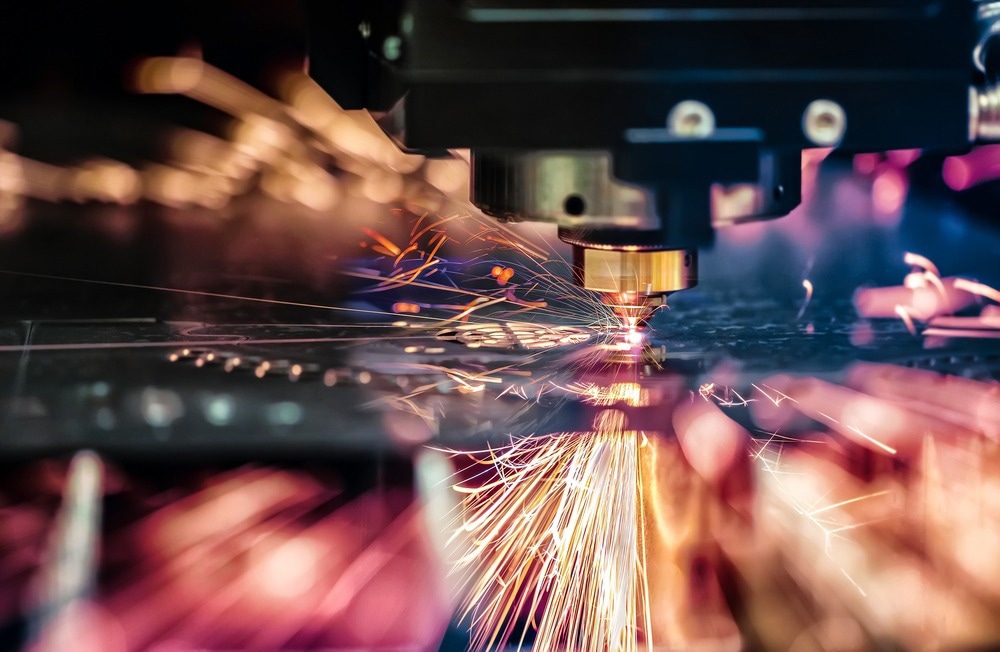Femtosecond (fs) lasers plays a crucial role in laser manufacturing—from the fundamental physics of light-matter interaction to the fabrication of targeted optical properties in highly complicated optical engineering.

Image Credit: Andrey Armyagov/Shutterstock.com
Ultrashort light pulses could accurately deposit light energy in a provided transparent material volume by manageable focusing conditions. Nonlinear absorption of high-density photon energy results in the formation of free electrons plasma within a few fs, prior to the lattice’s electron-phonon energy transfer.
While subjected to a low repetition rate, the glass network heating has been decoupled from light exposure and the plasma itself, allowing localized modifications or breakdown without surrounding damage. These nonlinear processes add up to several kinds of alterations as per the laser parameters.
Several applications in the major branches of nonlinear science, varying from plasma physics and nano-photonics to material science, bio-photonics, and quantum information science, are possible by the fs laser-induced modifications.
In a new study reported in the journal Light Science & Application, a research group headed by Professor Matthieu Lancry from the University Paris Saclay has developed a new method to customize chiral optical properties. Their new procedure implements fs laser 3D direct writing on glasses.
New advancements stress that an fs laser beam (axially symmetric intensity distribution, linearly polarized with orthogonal incidence) can make optical chirality within an achiral material via a direct laser writing.
This idea sets the stage for a new method for customizing optical properties in 3D, offering an extensive landscape of laser manufacturing. A prerequisite to utilizing such new potentials is to clarify how one could manipulate such chiral optical properties.
In this work, the researchers recommended that the breaking of symmetry emerges from the combined action of a stress field and a form birefringence due to nanograting formation with the non-parallel non-orthogonal neutral axis.
This extrinsic chiral assembly is considered the source of the witnessed optical chirality, namely circular dichroism and optical rotation.
The scientists attempted to “disassemble” the reliance of the form birefringence and stress contributions relating to the laser polarization direction. In a simple view, the slow or fast axis of the form birefringence has been regulated by the laser polarization direction and the associated amplitude by the laser fluence.
The scanning geometry has majorly guided the orientation of stress-induced birefringence. A two-layer model is developed based on Mueller formalism. It quantitatively describes the formation of both circular and linear anisotropic optical properties.
Eventually, the scientists used their model to fabricate chiral optical properties after two varied designs: multilayer “nanograting-based waveplates” and an ultralow loss design depending on “stress-engineered waveplates.”
The outcomes prove that the origin of fs laser-induced circular properties includes two contributions and suggest a plan for customizing chiral optical properties in glass through fs laser direct writing.
Journal Reference:
Lu, J., et al. (2023) Tailoring chiral optical properties by femtosecond laser direct writing in silica. Light Science & Applications. doi.org/10.1038/s41377-023-01080-y